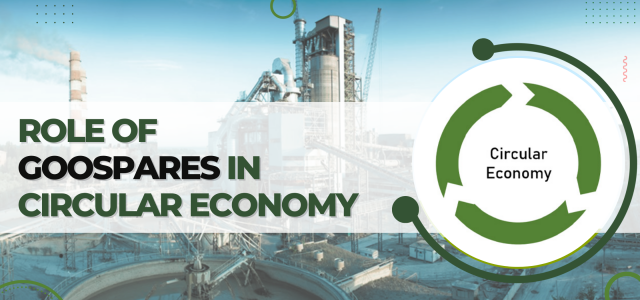Need for a circular economy
The linear model of resource consumption and production has dominated the global economic system. The system works on the principle of “use-produce-dispose.” In this linear model, goods are manufactured from raw materials, used by the consumers and the materials are finally discarded as waste after its useful life. Efficiency and price optimisation has been the central pillar of capitalism. However, any system based on consumption rather than on the restorative use of resources entails significant losses along the value chain. In this article, we discuss three major areas that outline the need to adopt a circular economy.
Demand upsurge
The OECD observer projects that the global middle class will more than double in size to nearly 5 billion by 2030. This represents the largest and fastest rise in disposable incomes ever and will occur mainly in the developing world. In addition, there are the relatively more affluent consumers in OECD economies, whose resource footprint is a multiple of that generated by these new middle classes. The World Bank has described the coming upsurge in consumer demand as a “potential time bomb.”
Working towards efficiency as an only solution–a reduction of resources and fossil energy consumed per unit of economic output would not alter the finite nature of material stocks. This demand upsurge has a potential to exacerbate the resource depletion and thus cause price volatility.
Supply and price volatility
Many areas of the world possess few natural deposits of non-renewable resources of their own and so must rely on imports. Faster pace of resource depletion would invariably hurt the importing nation and would thus contribute to price volatility. As well as risks to the supply of raw materials themselves, the risk to supply security and safety associated with long and elaborately optimised global supply chains appears to be increasing. A linear system thus increases a business entity’s exposure to risks, most notably volatile resource prices and supply disruptions. Higher resource price volatility can dampen economic growth by increasing uncertainty, discouraging businesses from investing and increasing the cost of hedging against resource-related risks.
Degradation of the natural systems
A fundamental challenge to long-term global wealth creation is the set of negative environmental consequences related to the linear model of operation. Depletion of low-cost reserves coupled with the degradation of natural capital are affecting the productivity of economies. Elements contributing to these environmental pressures include climate change, loss of biodiversity and natural capital, land degradation, and ocean pollution. These events have put a lot of pressure on the regulators to curtail the negative externalities. Against this backdrop, the call for a new economic model is getting louder
Hence, there needs an economic system which is restorative and regenerative by design, and one that aims to keep products, components, and materials at their highest utility and value at all times. Such a model is referred to as a circular economy. It preserves and enhances natural capital, optimises resource yields, and minimises system risks by managing finite stocks and renewable flows








